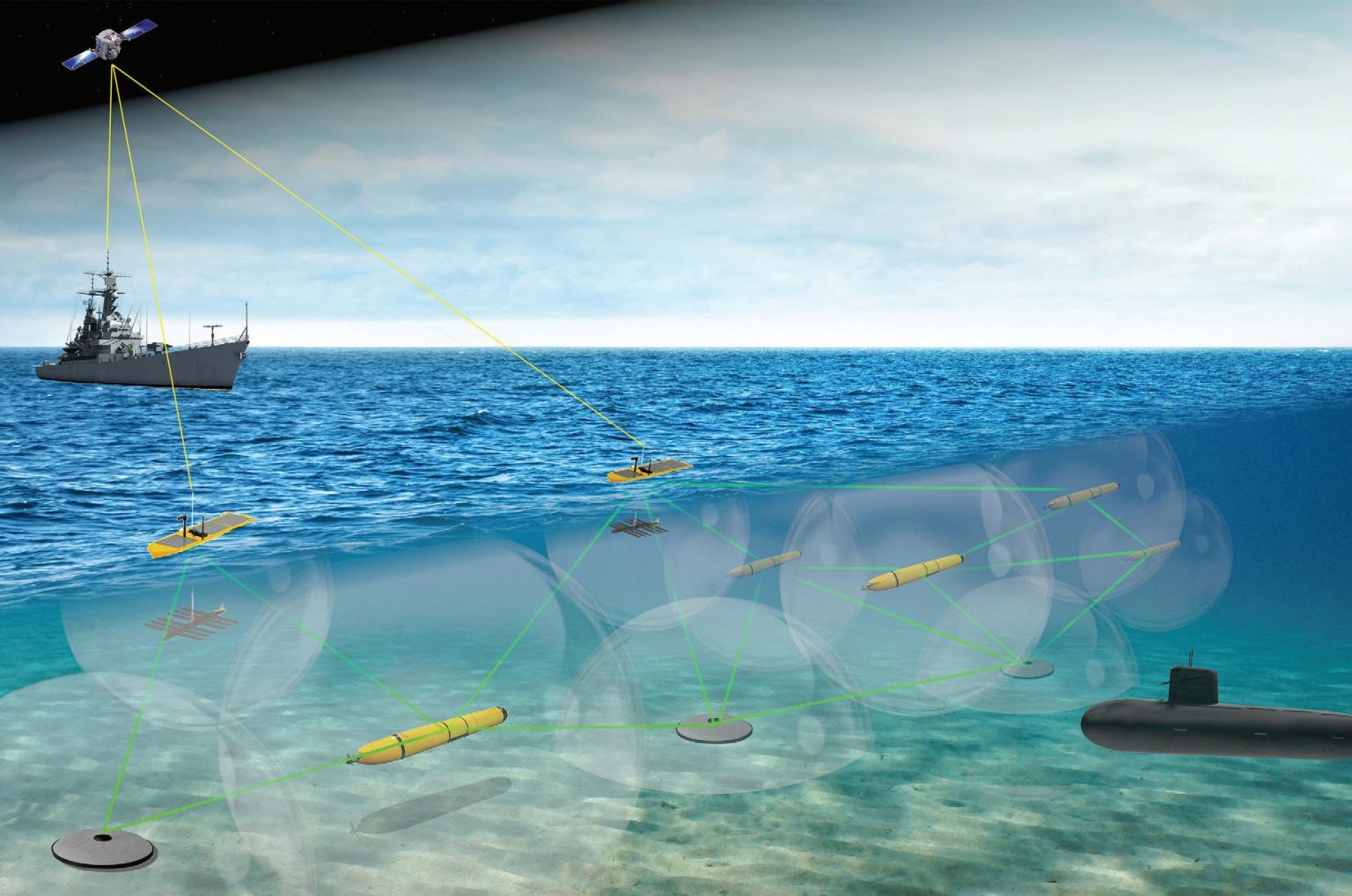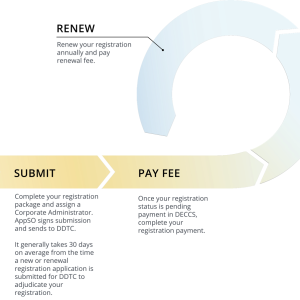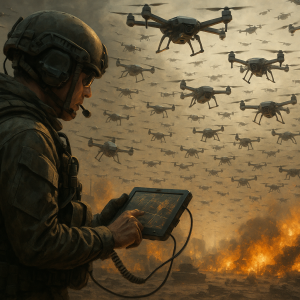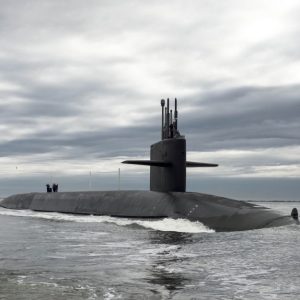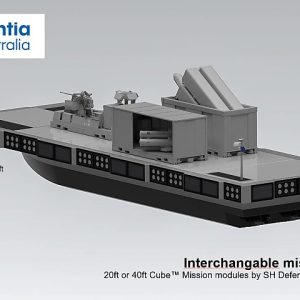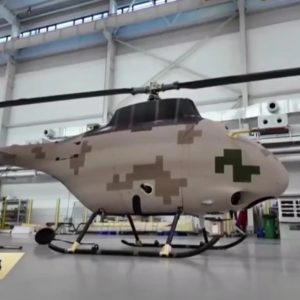How AI Is Improving Anti-Submarine Warfare
Artificial Intelligence (AI) is redefining anti-submarine warfare (ASW), enabling navies to detect, classify, and track underwater threats faster and more accurately than ever before. By integrating machine learning, predictive analytics, and real-time data fusion, modern ASW systems provide commanders with unparalleled situational awareness. Consequently, decision-making cycles are shorter, and operational effectiveness is significantly enhanced.
AI in Modern Anti-Submarine Warfare
Traditionally, ASW operations relied heavily on manual interpretation of sonar readings and acoustic signatures. Analysts would spend hours reviewing data, often facing high false-positive rates caused by marine life or environmental noise. However, AI-driven algorithms now process vast datasets in seconds, filtering irrelevant signals and highlighting genuine threats. As a result, operators can make informed tactical decisions with unprecedented speed.
Machine Learning for Sonar Processing
Machine learning models are trained on historical and real-time acoustic data collected from surface vessels, submarines, and underwater sensors. These models can differentiate between the noise profile of a submarine and that of a whale, for example, with remarkable precision. Moreover, adaptive learning allows the system to improve continuously as it encounters new data patterns in various oceanic environments.
Predictive Analytics for Threat Tracking
AI-powered predictive analytics anticipate a submarine’s probable course and speed, enabling naval assets to intercept or avoid hostile contacts effectively. This capability is vital in contested waters where quick and accurate threat prediction can determine mission success or failure.
Operational Benefits for Naval Forces
Reducing False Positives
One of the most significant operational advantages of AI in ASW is the dramatic reduction of false positives. This improvement not only conserves resources but also allows naval commanders to focus on credible threats. In addition, fewer false alarms mean less cognitive fatigue for operators, which translates to better performance in prolonged operations.
Speeding Tactical Decision-Making
By fusing sonar, radar, and satellite inputs, AI systems deliver a coherent and accurate operational picture. Therefore, commanders can quickly assess a situation, choose an optimal response, and coordinate multiple units with minimal delay. This speed is critical in high-intensity naval engagements where every second counts.
Future Outlook in AI-Driven ASW
The next decade will likely see further integration of AI with autonomous underwater vehicles (AUVs) and unmanned surface vessels (USVs). These platforms, equipped with AI-enhanced sensors, will extend surveillance coverage and reduce the risks to human crews. Furthermore, collaboration between NATO allies in developing interoperable AI-ASW systems will enhance collective maritime security.
While challenges remain—such as countering adversarial AI tactics and ensuring cybersecurity—ongoing research and international collaboration are expected to make AI a cornerstone of ASW doctrine worldwide.
Internal Link: Read more on how naval forces are adopting advanced weapon systems.
External Link: NATO: Maritime Security and ASW Operations

